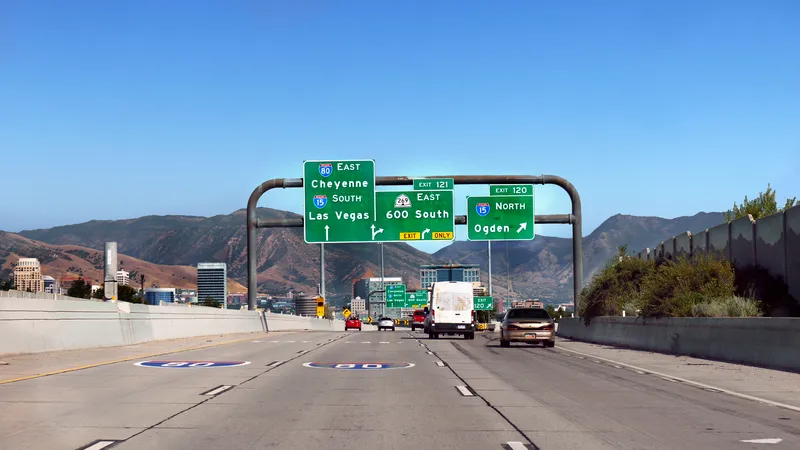A new report from Frost & Sullivan - “Strategic Technology and Market Analysis of Electric Vehicle Charging Infrastructure in Europe” predicts that the electric venicle (EV) charging infrastructure market could grow from less than 10,000 charging stations in 2010 to more than two million in 2017, 3% of which would be based on very-fast charging and inductive charging.
“We are awaiting that European governments will forecast a budget of €700 million over the next seven years to build a charging infrastruc
April 19, 2012
Read time: 2 mins
A new report from Frost & Sullivan - “Strategic Technology and Market Analysis of Electric Vehicle Charging Infrastructure in Europe” predicts that the electric venicle (EV) charging infrastructure market could grow from less than 10,000 charging stations in 2010 to more than two million in 2017, 3% of which would be based on very-fast charging and inductive charging.
“We are awaiting that European governments will forecast a budget of €700 million over the next seven years to build a charging infrastructure” said Anjan Hemanth Kumar, Frost & Sullivan analyst. ”It will be one of the key factors helping toward the mass deployment of public EV charging infrastructure.”
According to the report, €5 billion investment will be needed over the next seven years. With the expected two million charging stations, Frost & Sullivan foresees for 2017 a ratio of 1.8 cars for each charging station. This scenario is between other even more optimistic (3.2 million charging points by 2017) and other rather pessimistic (1.3 million charging points by 2017) studies already conducted on this particular topic.
According to the report, most of the charging infrastructure (54%) will rely on Level 1 charging, meaning a 10-12A current output in a 230V power input. This mode will mainly be used for charging overnight at home taking 6-8 hours. Semi fast charging (Level 2) will represent 43% of the charging infrastructure, which is also coming from a 230V power input, provides between 16-32A of current output, allowing batteries to charge more than twice as fast as Level 1 charging.
Very-fast charging (Level 3), with different standards and higher safety requirements, will only represent 3% of the charging infrastructure by 2017. Inductive charging will capture around 20-25% of the DC rapid charging share
“We are awaiting that European governments will forecast a budget of €700 million over the next seven years to build a charging infrastructure” said Anjan Hemanth Kumar, Frost & Sullivan analyst. ”It will be one of the key factors helping toward the mass deployment of public EV charging infrastructure.”
According to the report, €5 billion investment will be needed over the next seven years. With the expected two million charging stations, Frost & Sullivan foresees for 2017 a ratio of 1.8 cars for each charging station. This scenario is between other even more optimistic (3.2 million charging points by 2017) and other rather pessimistic (1.3 million charging points by 2017) studies already conducted on this particular topic.
According to the report, most of the charging infrastructure (54%) will rely on Level 1 charging, meaning a 10-12A current output in a 230V power input. This mode will mainly be used for charging overnight at home taking 6-8 hours. Semi fast charging (Level 2) will represent 43% of the charging infrastructure, which is also coming from a 230V power input, provides between 16-32A of current output, allowing batteries to charge more than twice as fast as Level 1 charging.
Very-fast charging (Level 3), with different standards and higher safety requirements, will only represent 3% of the charging infrastructure by 2017. Inductive charging will capture around 20-25% of the DC rapid charging share









